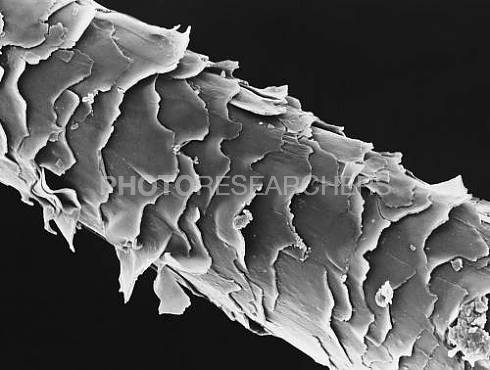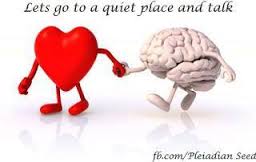DESMA Week 9:
The “Powers of Ten” intro video was
amazing to see how the process of our world can develop within seconds- in ten
seconds to be specific. From the picnic on grass, to the city, to the state
itself, then to the globe, space, and etc. To see how much and how far we can
visualize within ten seconds, I can see why artists are so fascinated by the
thought of space. From the many different outcomes you can get from figures,
shapes, and plenty of designs from the stars, Milky Way, and the many
formations we can see from the stars or the constellations. It was also
interesting to me how they tied everything at the end together to ourselves and
our bodies to see a deeper meaning behind our own perspective through space and
how much our world has evolved.
Powers of Ten perspective
https://sites.google.com/a/wcastl.org/the-westminster-school-of-business-and-communication/entrepreneurship/powersof10
There are many philosophers who have
made their own prediction, hypothesis, or philosophy on how they perceive space
to be. For example, there was a philosophy by a man named Copernicus who
strongly hypothesized that out sun was the center of our solar system. However,
he did not share his thought about the sun being the nucleus of our planets due
to the fact that religion was a big deal back then and he did not want to be
looked down upon by the church’s higher authority by spreading “nonsense” to
others and having their thoughts in a different realm in which they lived in.
Copernicus' theory
http://amazingspace.org/resources/explorations/groundup/lesson/basics/g37/
The third lecture was
probably my favorite one to learn about because I am a big animal person and to
see people experimenting with them and having them go into space was
interesting. However, I understand that this experiment was part of a
developing matter but I wish they could have monitored those dogs and
chimpanzees a lot more closely to spare their lives. But they did receive plenty
of information and data off of these animals that will benefit our future which
is exciting to explore.
Animal experiment, sending dogs into space
http://science.howstuffworks.com/dead-animals-in-space1.htm
Citations:
EamesOffice. "Powers of Ten™
(1977)." YouTube. YouTube, 2010. Web. 29 May 2016.
Uconlineprogram. "8 Space Intro
1280x720." YouTube. YouTube, 2013. Web. 29 May 2016.
Uconlineprogram. "8 Space Pt1
1280x720." YouTube. YouTube, 2013. Web. 29 May 2016.
Uconlineprogram. "8 Space Pt3
1280x720." YouTube. YouTube, 2013. Web. 29 May 2016.
"Cultural Space Programme." KSEVT.
2015. Web. 29 May 2016.






















 Human dissections used to draw the human structure.
Human dissections used to draw the human structure.

 An painting depicting originality.
An painting depicting originality. 

